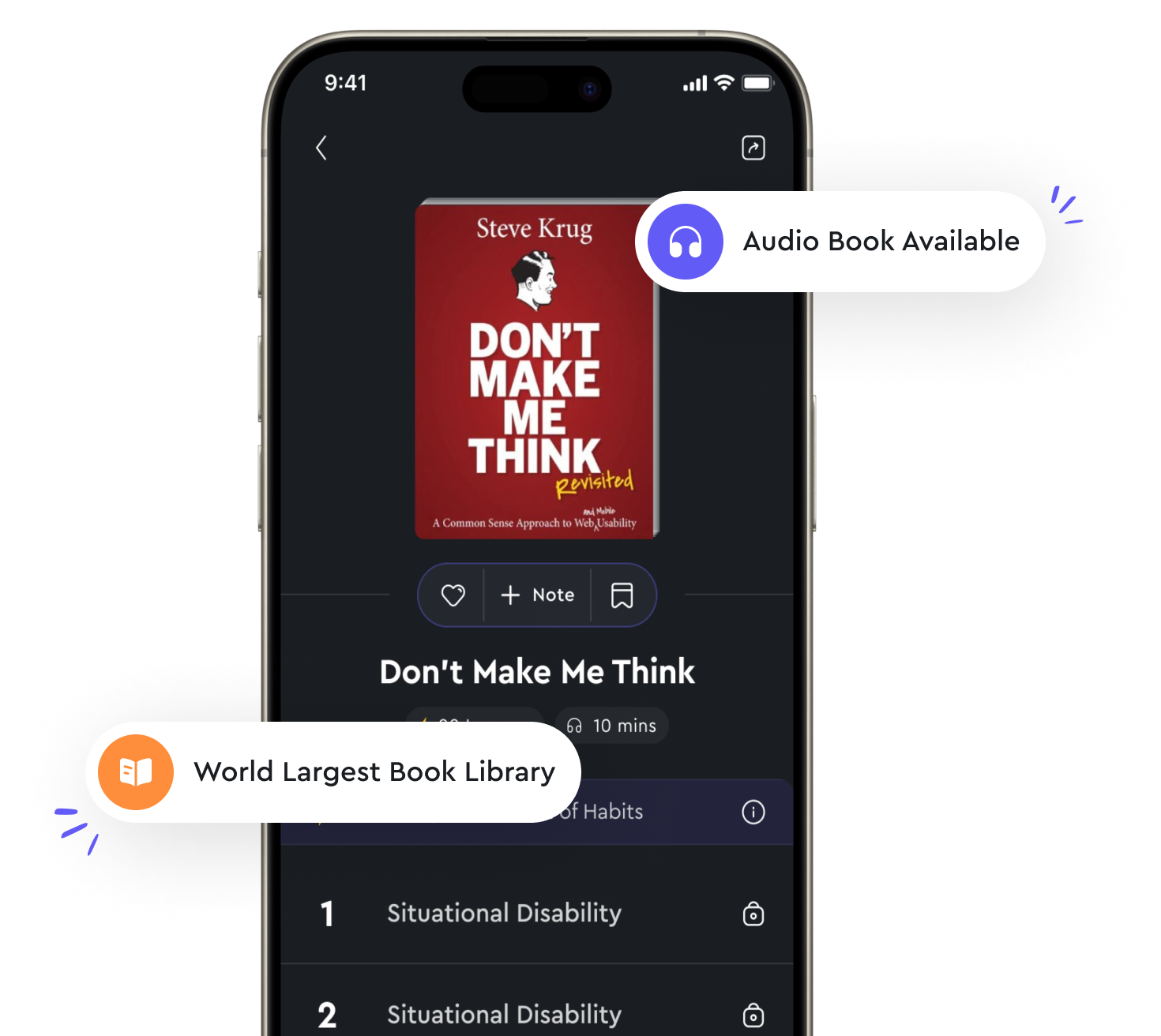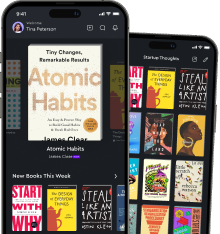Audio available in app
Users prefer websites that are straightforward and easy to use from "summary" of Don't Make Me Think, Revisited by Steve Krug
One of the key principles that web designers and developers should always keep in mind is the idea that users favor websites that are clear and easy to navigate. This concept seems simple enough, but in reality, it can be quite challenging to achieve. Simplicity is crucial when it comes to creating a user-friendly website. Users should be able to quickly find the information they are looking for without having to sift through unnecessary clutter or distractions. This means that designers need to carefully consider every element on a webpage and ask themselves whether it is truly necessary. Clarity and coherence are also essential aspects of a user-friendly website. Information should be presented in a straightforward manner, using language that is easy to understand. Avoiding jargon and complicated phrasing can help ensure that users can quickly grasp the content of a webpage. Additionally, logical sequencing is important for guiding users through a website. Information should be presented in a clear and intuitive order, making it easy for users to navigate from one section to another. Transition words and phrases can play a key role in helping users move smoothly from one part of a webpage to another. By using words like "next" or "more information," designers can provide clear cues to users about where they should go next. Consistency in tone and style is also important for creating a user-friendly website. This means using the same fonts, colors, and design elements throughout a site to create a cohesive look and feel. Inconsistencies can confuse users and make it more difficult for them to navigate a website. Grammar and syntax are crucial for ensuring that content is easy to understand. Typos, grammatical errors, and awkward phrasing can all create barriers for users trying to access information. Web designers should pay close attention to the language they use and strive to make content as clear and concise as possible. Contextual understanding is another key aspect of creating a user-friendly website. Designers need to consider the specific needs and preferences of their target audience and tailor their website accordingly. By understanding the context in which users will be accessing their site, designers can create a more intuitive and enjoyable user experience.- The goal of creating a user-friendly website is to engage readers and make it as easy as possible for them to find the information they need. By focusing on simplicity, clarity, and coherence, designers can create websites that are not only aesthetically pleasing but also highly functional and easy to use.

